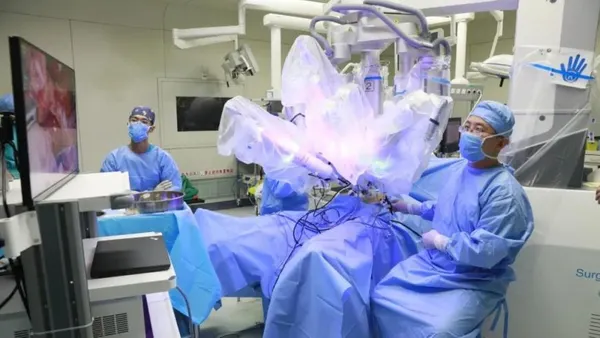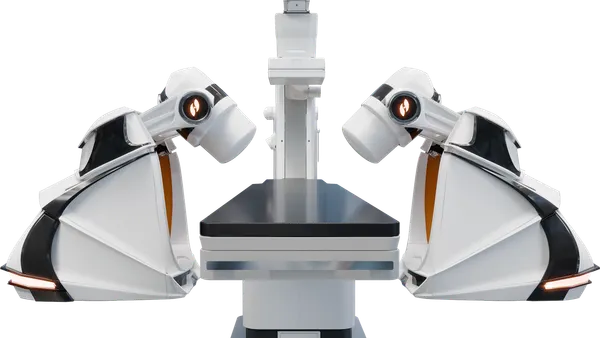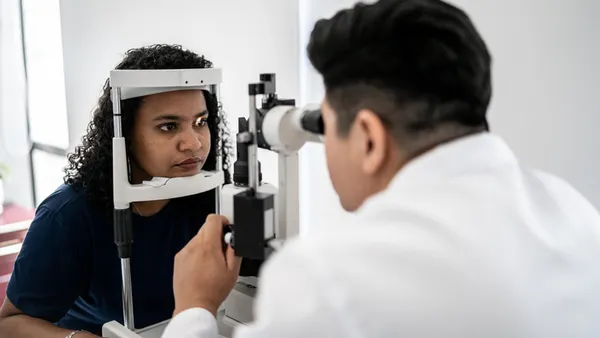Medtronic has reported six more injuries and one additional death related to problems with the batteries powering its HeartWare Ventricular Assist Device (HVAD), the Food and Drug Administration disclosed in a Thursday notice. That follows a May recall of 429 batteries over a welding problem that resulted in two injuries and one death.
Since its introduction more than a decade ago, the Medtronic HeartWare device has been cited in more than 3,000 reports of death made to Food & Drug Administration regulators, according to a report last year by not-for-profit website ProPublica.
“If the battery fails and the patient is unable to replace the failed battery with a charged, working battery or with AC or DC power, the HVAD may stop working, leading to serious injury or death,” the FDA wrote of the most recent recall.
So far, the company has received 1,159 complaints related to electrical faults with the batteries, including five reports that both batteries either malfunctioned or became disconnected from the controller, it said in an email to MedTech Dive.
The external batteries provide power to a pump implanted into the chest to help provide mechanical support to a failing heart. Medtronic pulled the HVAD system from the market in 2021, but has since had multiple Class I recalls related to the device.
Medtronic began the recall of more than 23,000 batteries on June 28 after the company found electrical faults made the batteries unable to power the system’s control device or accept a charge, or made them appear to remain charged while discharging. The company cited “an interaction between the battery software configuration and the battery circuit board that can cause electrical faults within some batteries.”
Medtronic confirmed the two recent deaths in an email but did not comment on the total number of reported deaths associated with the HVAD system.
In June 2021, Medtronic took its HVAD system off the market. On Tuesday, Medtronic issued an urgent medical device correction to inform physicians that the company will begin exchanging HVAD power sources, including batteries, AC and DC adapters, and monitor data cables with newly designed components.
The company asked physicians to inspect the components during clinic visits, and replace damaged or worn AC adapters, DC adapters, batteries and alarm adapters.













